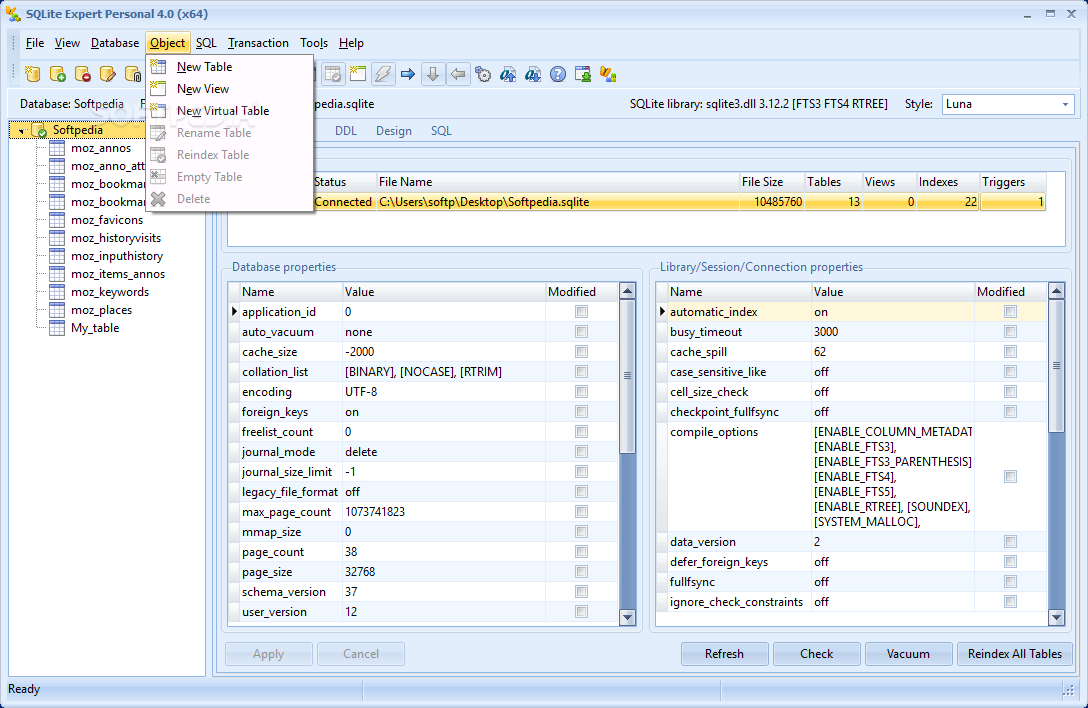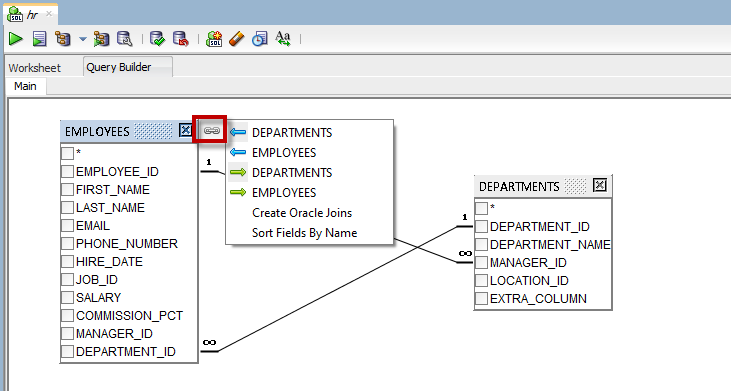

“There is so much about medical technology and the pharmaceutical business that is about understanding correlations and being able to look at large populations and find factors that improve outcomes,” he said, adding that uncovering correlations about cancers, for example, could help with early genome therapy.Īnother example is logistics where companies are managing hundreds and thousands of nodes and touchpoints across the global supply chain. Merv Adrian, vice-president analyst on Gartner’s data management team that tracks developments in operational database management systems (DBMS), Apache Hadoop, Spark, non-relational DBMS and adjacent technologies, said the healthcare industry has also been a keen adopter of graph databases. According to Gartner, graph technologies will be used in 80% of data and analytics innovations by 2025, up from 10% in 2021, facilitating rapid decision-making across the enterprise. Retailers, too, are using graph databases to improve product recommendations and fulfilment rates through sophisticated supply chain analyses. This has opened the door to some of the world’s largest financial institutions for TigerGraph and Neo4j.

These relationships could be between people, entities and things like bank accounts, making graph databases suited for applications such as anti-money laundering and fraud detection. “Otherwise, you have a dangling relationship, and you don’t want corrupted data.”

“Acid transactions are really important for graph because if you write to two different nodes and the relationship between them, you had better be able to write that relationship in one transaction,” said Eifrem. Not only do graph databases have to support so-called Acid (atomicity, consistency, isolation and durability) transactions, but they have to scale across multiple machines and massive datasets. To be sure, building a new database platform from scratch is hard. On a flight to Mumbai, he picked up a napkin and drew what is known today as the property graph model, laying the foundation for Neo4j to become one of the biggest specialist graph database suppliers in the market.Ībout five years later in 2012, Yu Xu, a former Teradata programmer who was inspired by Google’s PageRank graph model that the search giant uses to rank search results, started TigerGraph to make graph databases easier to use and more scalable through a distributed model.


 0 kommentar(er)
0 kommentar(er)
